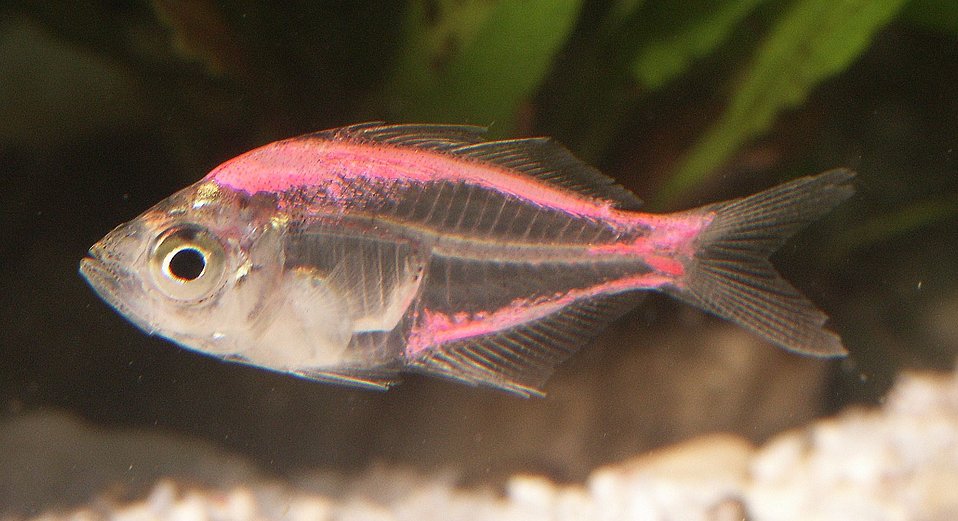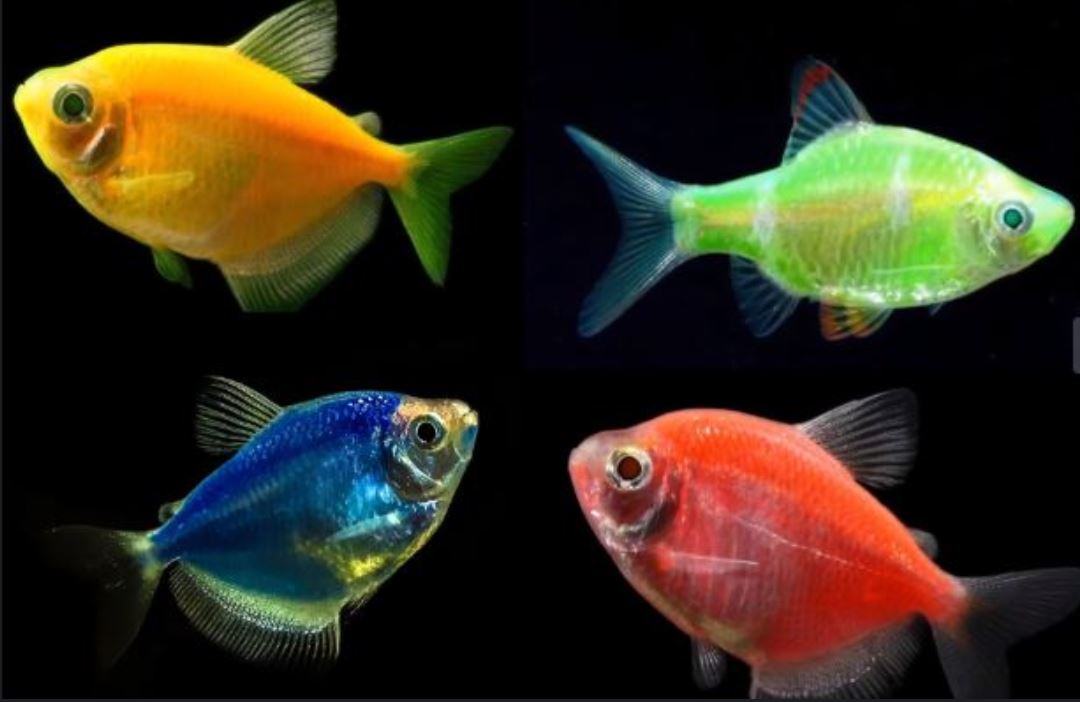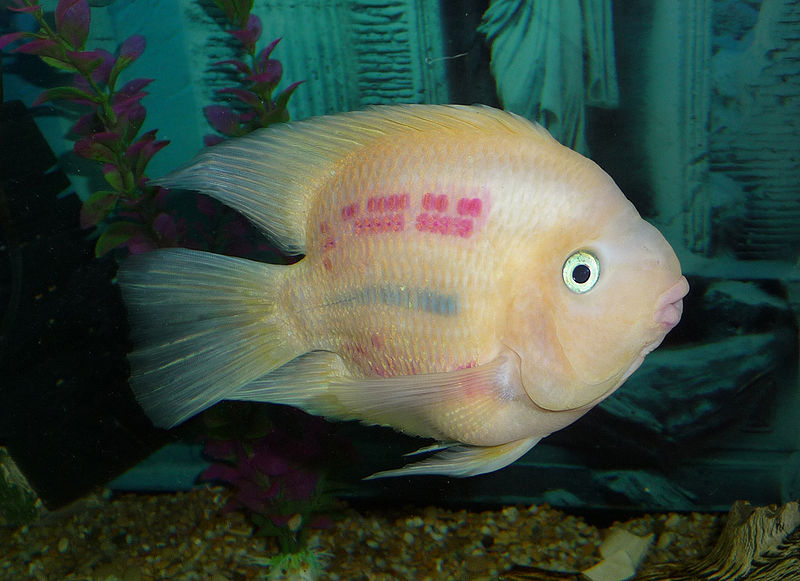Aquaristic, a worldwide hobby, brings suffering to some species of aquarium fish in the form of artificial coloring of their bodies. These are invasive painful processes in which up to 80% of the fish die.
Dye Injection
Glassfish, a small Asian fish with a translucent body, is typical of the Asian and American markets. Paint is applied to them along the abdominal and dorsal line of the translucent body. The fish is subjected to several punctures to achieve the desired result.

Dipping in Dye and Other Chemicals
In the first phase, the protective slime coating is removed form fish in the caustic crease. In the second step, the fish is dipped into the dye. Finally, it is dipped in another chemical that irritates the flesh to stimulate re-growth of the slime coat. This method has a high mortality rate.
Tetras are usually painted pastel colors and given fruit names such as strawberry tetra, blueberry tetra, grape tetra, or simply mixed fruit.

Laser Tattoo
Needling dyes into the body and tattoos using a low-intensity laser does not avoid other fish species – albino catfish, tetras or parrot cichlids. For some less fortunate, we can even find a colorful pattern or “I love U” lettering.

Professional aquarist recognizes artificially colored fish at first sight. However, the layman unknowingly buys the fish what have to suffer to attract customers by neon colors. And that is exactly what traders rely on. The customer has no idea that violent manipulation leaves traumas in the fish, and it impairs immunity. Fish are more susceptible to common diseases and die earlier in a matter of months, taking many aquarium fish live for several years.
Breeding and sale of artificially colored and genetically modified fish is banned in the EU and UK. The only thing that can help abused fish is zero demand for artificially dyed fish.
Sources: https://www.thesprucepets.com/artificially-colored-aquarium-fish-1378343, http://www.deathbydyeing.org
Credit: http://www.publicdomainfiles.com/show_file.php?id=13928683817942, commons.wikimedia.org




